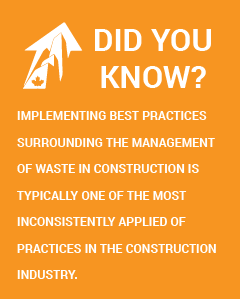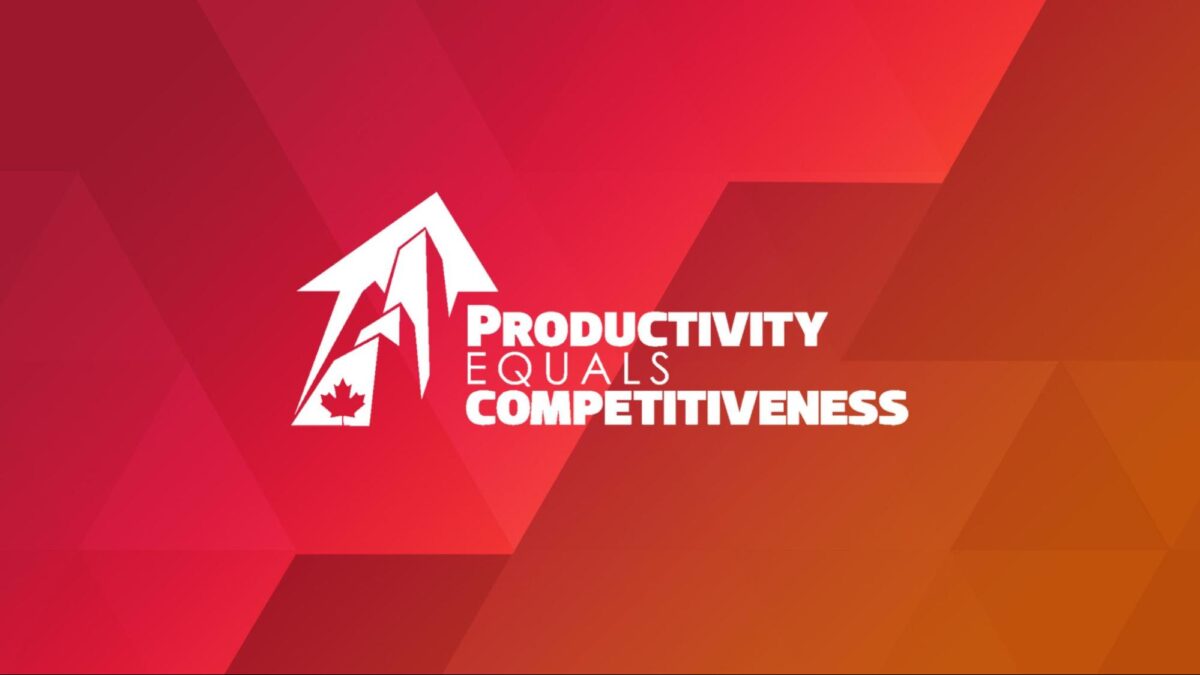PERFORMANCE BENCHMARKING BLOG PART 12
ENVIRONMENTAL AND WASTE PRACTICE:
Projects are analyzed to identify opportunities to reduce waste in construction processes (e.g., work improvement).
Implementing best practices surrounding the management of waste in construction is typically one of the most inconsistently applied of practices in the construction industry. While we are well aware of the large contribution that construction and demolition waste contribute to landfills and the significant consumption of resources required for the construction process, many firms are missing out on the opportunity to be good stewards of the environment by adopting practices that have an immediate positive impact on their financial bottom line.
The introduction of sustainability approaches to design and construction through certification programs such as LEED (cagbc.org), Green Globes (greenglobes.com/homeca.asp), and Envision (sustainableinfrastructure.org) are all providing motivation for better practices. Those that have undertaken a process change to meet the targets imposed by certification programs are realizing that reduction and diversion is easily more cost effective than disposal; however, not all firms pursue or have been exposed to projects that dictate targets or impose penalties to bring about changes to waste management practices.

There is evidence that the industry is starting to change. In its latest “Survey of Innovation and Business Strategy,” Statistics Canada (2018) indicates that just over 50 percent of construction firms report that they have introduced innovations that have resulted in “environmental benefits from production through efficient use of resources.”
PREVIOUS INSTALLMENT:
Innovation is the successful application of new ideas, and help is readily available
ABOUT THE PERFORMANCE BENCHMARKING TOOL
The free Performance Benchmarking Self-Assessment Tool is designed to assist construction and maintenance employers in measuring their organization in relation to a specific set of recognized best practices. In addition, you will be able to compare your organization’s efforts against other construction and maintenance employers. From the results of the self-assessment tool you will also be able to identify areas for continuous improvement.
The self-assessment tool is designed to be completed either individually by a member of your management team or in a collaborative setting. Consider bringing your leaders/managers together to work through the tool and take time to discuss the perspectives of each group member.
This initiative is supported by the National Research Council of Canada Industrial Research Assistance Program (NRC IRAP).

Productivity
